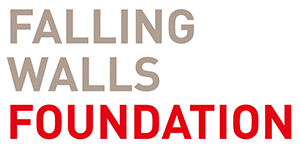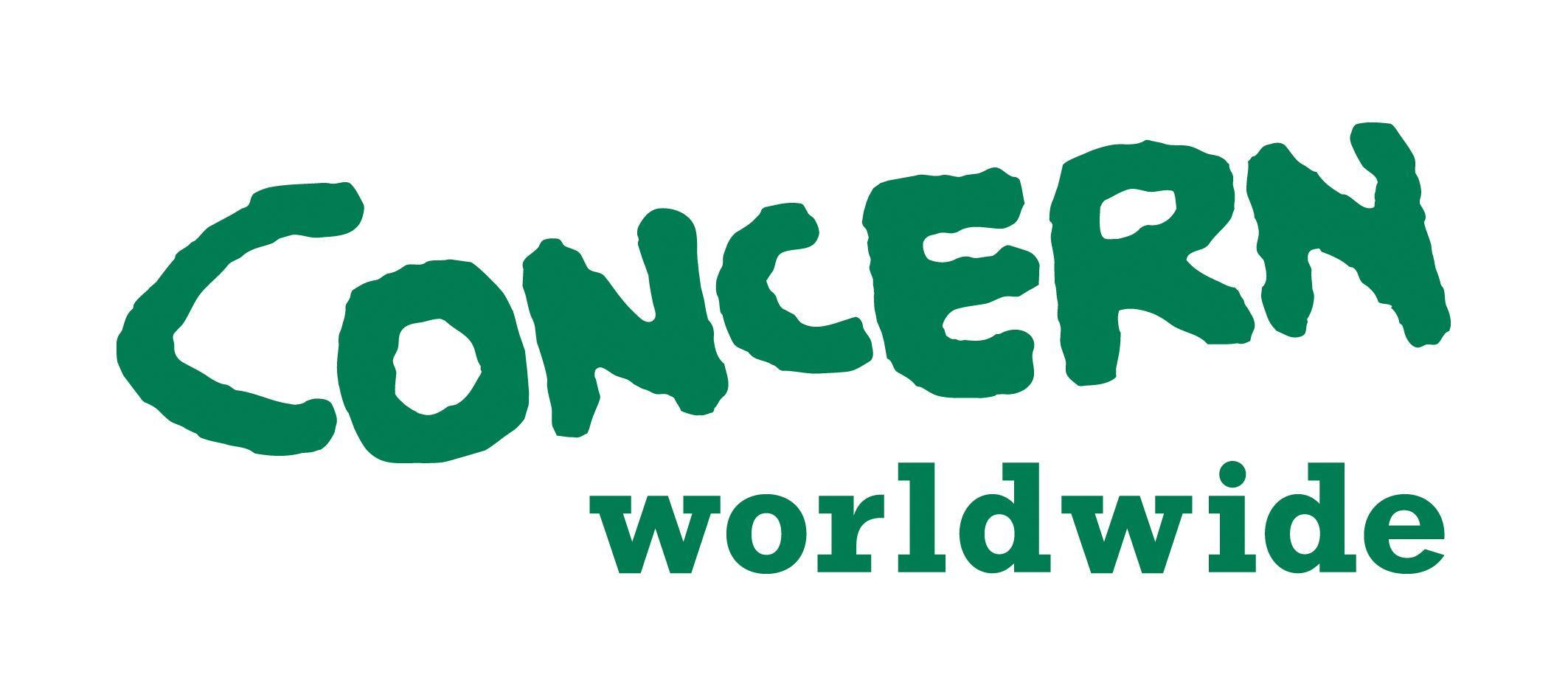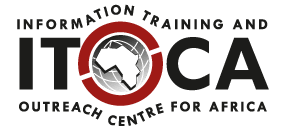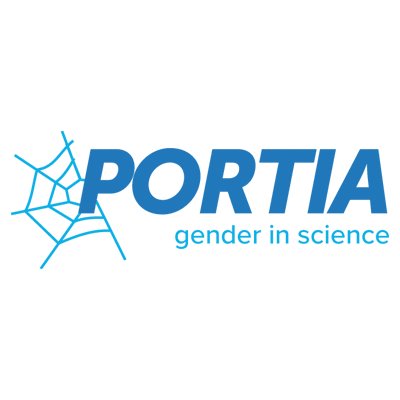2025 Chemistry for Climate Action Challenge – Shortlisted proposals

Thank you for participating in the Elsevier Foundation Chemistry for Climate Action Challenge!
The first stage of the submission process closed on September 30. During the past weeks, our pool of experts worked to review the proposals.
We’re proud to announce the top contestants selected for the next phase of the Challenge:
- Adeline Ting, Polyhydroxyalkanoate (PHA) production from plastic-degrading bacteria using plastics as feedstock: a novel approach to reducing plastic wastes and generating valuable PHA
- Amandeep Singh Oberoi, Trash-to-Treasure: Fabrication of eco-friendly and energy-efficient green toilets for all genders in harmony with sustainable development.
- An Pegels, Expanding Regenerative Food Forestry: PORET’s Initiative in Honde Valley
- Anayansi Escalante Aburto, Ecological Nixtamalization: Circular Economy Approach and Health Promotion in the Valorization of Cacahuacintle Corn for High Value-Added Food Production—Sustainable Innovative Strategies for Empowering Women and Advancing the SDGs
- Anwuli Osadebe, Biofuel Production from Local Bamboo [Bambusa vulgaris (L.) (Poaceae)]: Harnessing Microbial Fermentation for Sustainable Energy Solutions
- Aron climatehubtz.org, Community Driven Composting Transforms Food Waste into Nutrient Rich Organic Fertilizer
- Basit Yameen, Mitigating Climate Change by Technology and Social Interventions: Circularity of Plastics Through Large Scale Implementation of De-metallization and De-inking Technologies, and Evolving Social Behaviour Through Dialogue and Collaborations for Socially, Environmentally and Economically Sustainable Future
- Carlos Alberto Huerta Aguilar, Chemical upgrading of agroindustrial residues through sunlight-powered catalysis
- Esther Anyumel, Flowy Panty Pads: Sustainable Menstrual Health Solutions.
- Fahim Fayaz, Optimizing Synthetic Gas Production: Investigating Operating Conditions for Oxidative CO₂ Reforming with Ethanol over a Cobalt Catalyst
- Farm360 Global, EcoGreen Growth
- Franco Cabrerizo, Portable Dual-Sensing System for Water Quality Monitoring and Feasibility of Photoelectrocatalytic Treatment with Hydrogen Production in Rural Areas
- Grzegorz Wałowski, Innovative method of converting agri-food biomass into biohydrogen in a microbiological process – a prosumer mobile micro-biogas plant for the needs of a farm.
- Harriet Ng’ok, Development of a skin care line based on African Botanicals sourced from the Southern Rift Valley of Kenya. Building of a circular economy with communities involved in the sustainable harvesting and cultivation of raw feedstock for these products.
- Isemar Cruz, Qolores: Sustainable Biopigments
- Ivaldo Fumo, AQUAFUEL: Use of Invasive Aquatic Plants in Polluted Water Treatment and Biomass Transformation for the Production of Biofuel and Biofertilizers
- Jason Nie, Affordable Solar Photovoltaic-Powered Cold Storage in South Africa
- Maria-Elena Cazar, Potential of extracts from the red algae Kappaphycus alvarezii as biostimulants of seedling and plant growth development at in vitro conditions
- Mariana Franco Morgado, From maize wastewater to bones: tortilla enriched with mineral precursor against osteoporosis for rural women.
- Mercia Barcellos da Costa, The use of spider webs as reliable indicators for atmospheric plastic particulate and heavy metals in urban and rural areas: a cost-effective alternative to expensive air monitoring equipment
- Mitesh Shrestha, StrepUp: One-stop Solution for Climate Change and Sustainable Agriculture
- Mokgadi Hlongwane, Development of Lessertia frutescens nodulating rhizobia as a bioinoculant to alleviate climate change effects in medicinal plants and crops.
- Muhammad Arif, Decentralized Biogas System for Converting Livestock Waste into Energy and Agriculture Resources for Rural Pakistan
- Newdigit Technologies, Just Add Water: Iron Nanoparticle-Based Regenerative Fuel Cell with Self-Renewing Membrane. A Complete Energy, Oxygen, and Clean water System for Developing Regions
- Nim Jay, Extraction of collagen and collagenase from fish waste for wound care and economic empowerment of women through value addition of fish waste.
- Noryawati Mulyono, Biopac Green Innovation: Seaweed-based packaging to deliver climate solutions for land and marine ecosystems.
- Olivia Bliege, Eco nasi self-pigmenting plant-based leather from pineapple pulp waste
- Pooja Singh, Waste resource-based biodegradable and sustainable sanitary napkins for management of menstrual hygiene
- Raphael Iwar, Citrus waste-derived cryogel-ZnO-biochar nanocomposite for low-cost drinking water treatment in emergencies : {BIOZICRY)
- Robert K, Plastalyst – Small Scale Recycling
- Selpiana, Ecological Soil Barrier with A Combination of Chitosan Biopolymer as A Soil Erosion Protector and Supporting Agent For Agricultural Soil Enrichment.
- Shibiru Eticha, Sustainable liquid Biodiesel fuel Production from Oil of Jatropha Curcas Seed and Waste Spent Coffee Ground Using CaO Nano catalyst Synthesized from Waste Eggshells: A Renewable Energy Initiative Aligned with SDG 13-Climate Action in Ethiopia.
- Tamara Erceg, Repression of Brown Stinky Bugs Using Sustainable Formulations of Biopesticide
- Til Kumari Chhetri, Formulation of a Bio-pesticide Using Invasive Alien Plant Species of Nepal
- Trang Thu, Safe drinking water before, during, and after typhoons and for everyone in Vietnam with low O&M at an affordable price
- Usman Lawal, Development of Poly (lactic acid) Biocomposite from Cassava -Wastes for Innovation in Sustainable Food Packaging Application: Embracing a Circular Bioeconomy Approach

















